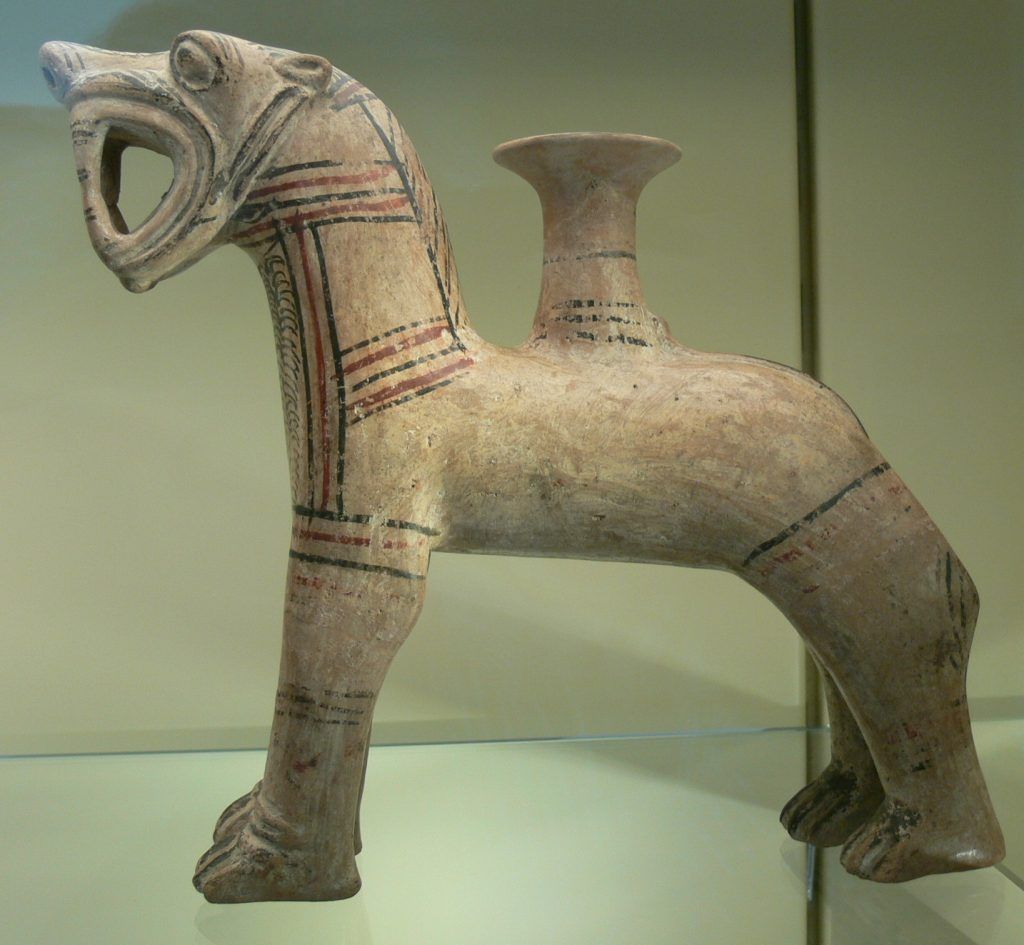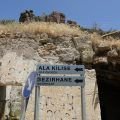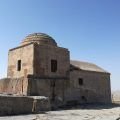Kültepe is an archaeological site located in Kayseri Province, Turkey, about 20km southwest of the modern city of Kayseri. It was inhabited from the beginning of the 3rd millennium BC in the Early Bronze Age and was a significant Hattian, Hittite, and Hurrian city. Kültepe consists of a tell, which is the actual Kültepe, and a lower town where an Assyrian settlement was found.
The city’s ancient names are recorded in Assyrian and Hittite sources. In Old Assyrian inscriptions from the 20th and 19th centuries BC, the city was mentioned as Kaneš (Kanesh). In later Hittite inscriptions, the city was mentioned as Neša (Nesha, Nessa, Nesa), or occasionally as Aniša (Anisha).
During the Old Assyrian Empire period from the 21st to 18th centuries BC, Kültepe was an important administrative and distribution center for the entire Assyrian colony network in Anatolia. A large kārum (merchant colony) was established here during this period, which served as the main trading center for textiles, metals, and other goods.
In the 17th century BC, Anitta’s descendants moved their capital to Hattusa, which Anitta had cursed, thus founding the line of Hittite kings. The inhabitants referred to the Hittite language as Nešili, which means “the Neša tongue.”
One of the significant finds at Kültepe is the earliest record of a definitively Indo-European language, Hittite, dated to the 20th century BC. The discovery of Hittite inscriptions at the site was a major breakthrough in understanding the development and spread of Indo-European languages.

The site of Kültepe is divided into two parts: the acropolis and the lower town. The acropolis is a tell, a mound formed by the accumulation of debris from successive human settlements. The lower town is located at the foot of the tell and was the location of the Assyrian settlement.
Excavations at Kültepe have revealed many artifacts and structures from various periods, including temples, palaces, and residences. The most significant discoveries include thousands of clay tablets with cuneiform writing, which provide insights into the political, economic, and social systems of the time.
The tablets found at Kültepe include both official documents and personal letters, and they cover a wide range of topics, such as trade, marriages, and legal disputes. The tablets also provide information about the ancient economy, including the prices of goods, wages, and taxes.
The excavations at Kültepe have also revealed evidence of destruction caused by invasions and natural disasters. For example, the city was raided by Uḫna, the king of Zalpuwa, and the Šiuš idol was carried off by the Zalpuwans. Later, the city was conquered by Pitḫana, the king of Kuššara, who made it his capital. The city was then invaded by Anitta, who quashed a revolt and made it his capital.
Kültepe was abandoned in the 7th century AD, and the site was eventually covered by sediment and forgotten. It was rediscovered in the 19th century and has been the subject of extensive excavations and research ever since.
Today, Kültepe is an important archaeological site and a popular tourist destination, attracting visitors from all over the world who are interested in ancient history and archaeology.




